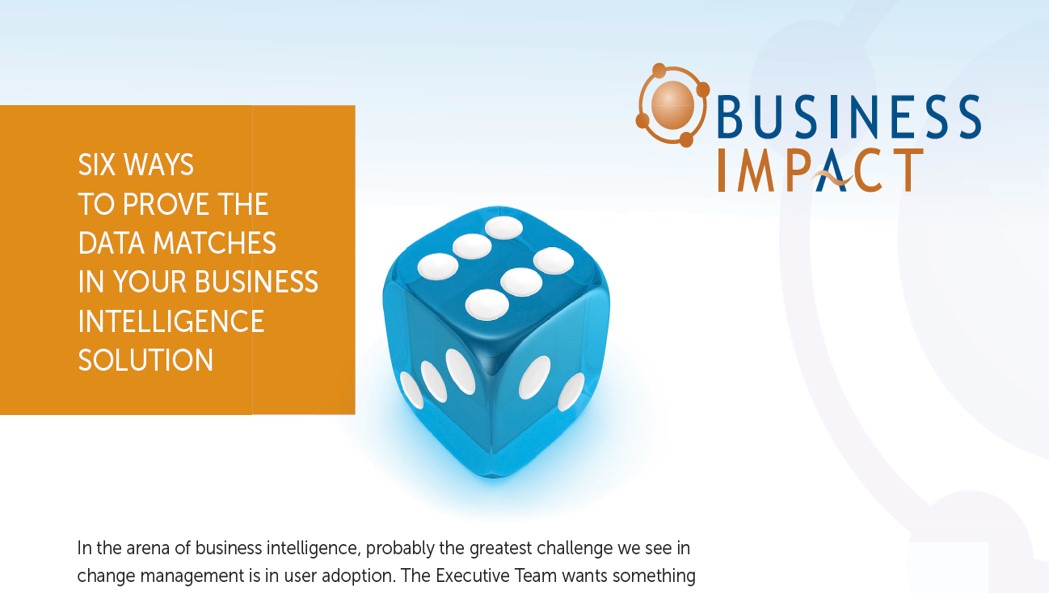SQL Pass Summit 2013 day 2 sessions! Another great day at the “office”, with great sessions and great opportunity for networking. The keynote was the hot topic at the water cooler, and it was interesting to listen on how it was perceived among participants (Doug Hoogervorst gives his thoughts on the summit keynote).
Most agreed that the future release of SQL Server 2014 was promising, especially “column stored indexes” and the in-memory OLTP engine was highlighted as a great new feature and Quentin Clark emphasized that improvements were built-in to the existing engine and upgrading to SQL Server 2014 demanded no modifications to existing applications.
Watch Quentin Clark’s keynote: Microsoft’s Data Platform – The Road Ahead by Quentin Clark
The demo on Power Query was the epicenter to the greatest disagreements. Kamal Hathi demonstrated how a Skype analyst could use Power Query to connect to HDinsight in Azure (Microsoft’s Hadoop store), pull in the JSON records, and convert the big data into structured tabular data. Then, he mashed up this data with online country data via built-in search engine connected to Bing’s engine. In a few clicks he had created a “calls per country” using two different data sources…easy as that! I’m not claiming that this was not impressive, and that Power Query opens up a wide range of opportunities. However, it was interesting to learn that most people I talked to, and that liked it, had little or no contact with the Business users. I personally belong to the more skeptic group that does not see the average CIO going to access the Hadoop store, knowing how to delimit the unstructured data, mash it up with online data and have no data validation. I question that online sources, like Wikipedia that Kamal mentions, always gets it right, and will stay consistent over time as users replicate their analysis. Also, spelling errors, difference in pages depending on what country it is accessed and many other caveats that makes “easy as that!” difficult. I do however, believe that the talented analyst can leverage value from Power Query.
My very favorite session of the day, was the “From Minutes to Milliseconds: High-Performance SSRS Tuning” by Doug Lane. He demonstrated how one can squeeze out every drop of performance improvements in a constrained environment. The biggest reason why this session was my favorite is because I learned how to improve reporting without using any capital and the second biggest reason was the confirmation that I’m already applying a lot of Doug’s suggestions in our solutions. The best advice, in my opinion, is caching large reports, i.e. you essentially pre-load the report so the user saves the time it takes to retrieve the data and process it. I do know some of our clients that are going to get a pleasant surprise next week… that’s a promise!
I’ll also promise that I won’t grab the microphone at SQL PASS Karaoke tonight… no reason to ruin the evening for everybody. I’ll stick to the beverage department – cheers!




